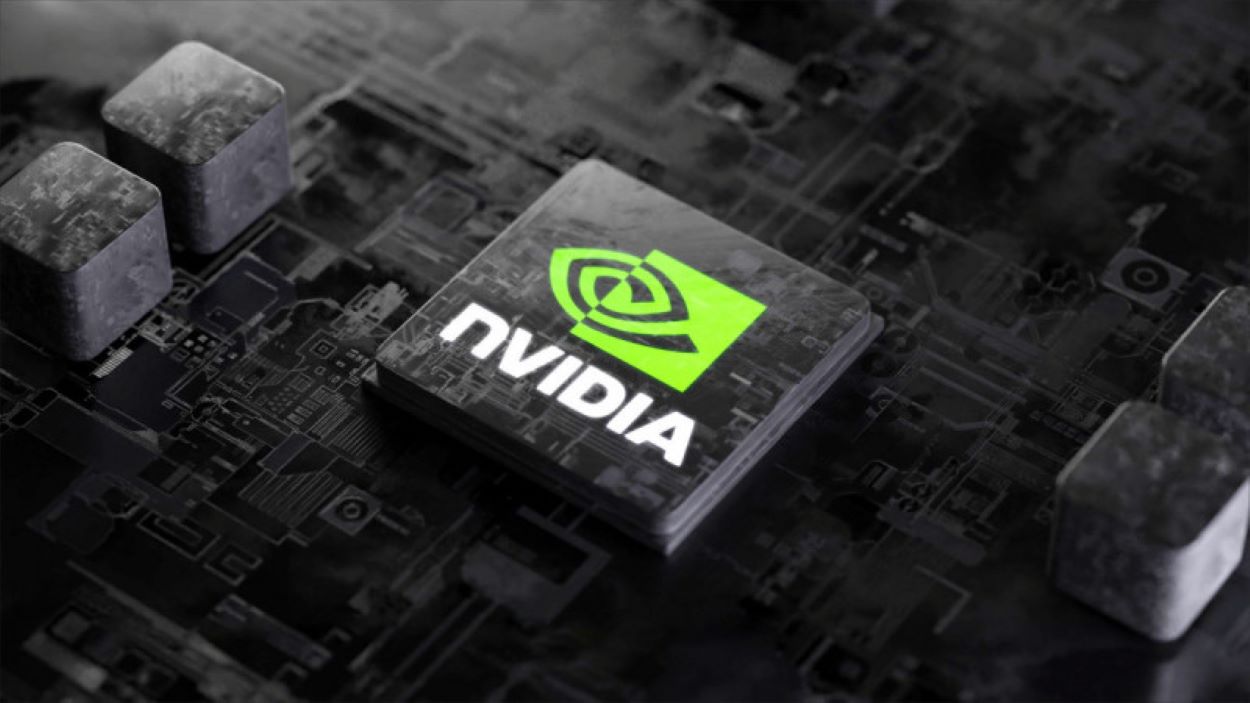Nvidia made history on July 10, 2025, by becoming the first public company to reach a market capitalisation of $4 trillion. Nvidia’s shares rose by 2.5% to a record high of $164, driven by demand for AI technology.
Nvidia achieved a market capitalisation of $1 trillion in June 2023, tripling its value within a year. This performance surpasses that of Apple and Microsoft. Currently, Microsoft is ranked second, with a market capitalisation of $3.75 trillion. Its shares increased by 1.3% to $503, and since the lows in April, the stock has rebounded by 74%. The initial drop was due to tariffs imposed during the Trump administration, but recent trade deals have boosted optimism in the market. As a result, the S&P 500 has reached new highs.
NVIDIA becomes first company in history to achieve market cap of $4 trillion pic.twitter.com/pUibX1DdNl
— Pubity (@pubity) July 9, 2025Nvidia leads the market in AI chips, and investors are confident in its growth. The company represents 7.3% of the S&P 500, while Apple and Microsoft follow with 7% and 6%, respectively. Nvidia’s market value exceeds that of the combined markets of Canada and Mexico, and it is greater than the total value of public firms in the UK. Its forward price-to-earnings (P/E) ratio stands at 32, which is below the three-year average of 37.
Nvidia has became the first-ever company to hit a $4 trillion market cap pic.twitter.com/tpuamuKanX
— Dexerto (@Dexerto) July 9, 2025In the first quarter, revenue reached $44.1 billion, representing a 69% increase compared to the previous year. Profit was recorded at 81 cents per share. For the second quarter, the forecast is approximately $45 billion, with a margin of plus or minus 2%. The earnings release is scheduled for August 27. Year-to-date, shares have risen by 22%, while the semiconductor index has increased by 15%.
Read: Nvidia Hits $3.92 Trillion Market Cap, Eyes Most Valuable Company Title in 2025
Although an earlier Chinese AI model from DeepSeek initially diminished confidence, Nvidia has since made a strong recovery. Demand for AI continues to remain high.






